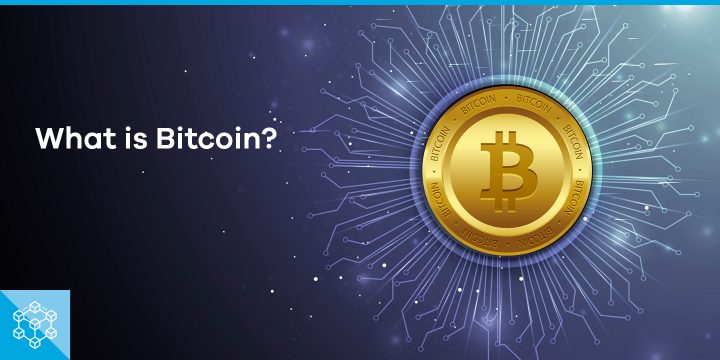
Bitcoin (BTC) was introduced during a period in which the effects of the 2008 global economic crisis, which deeply affected the financial world and everyday life, were still prevalent. During the crisis, consumers mostly lost their faith in banking systems based on the reason that financial products and services were not sufficiently controlled and regulated. Easy manipulation of the central structures and high cost of value transfers called for a novel solution.
When and by whom was Bitcoin developed?
On October 31st, 2008, a person or a group, who used the pseudonym Satoshi Nakamoto, published a white paper titled “Bitcoin: A Peer-to-Peer Electronic Cash System”. This project was the harbinger of the introduction of digital currency using an encryption system called cryptography. This cryptocurrency would function independently from any central system and would be impossible to be manipulated by anyone due to the transparency of the distributed database system.
On January 3rd, 2009, the first block was created on the blockchain. On February 12th, 2009, the first BTC transfer was made between Satoshi Nakamoto and Hal Finney.
With its flawless infrastructure and pioneering characteristics, BTC has gained huge popularity within a short period. Even though many other blockchain-based encrypted digital currencies were issued one after another following BTC, the market domination of BTC as the most valuable and popular cryptocurrency continued.
Bitcoin infrastructure
Bitcoin is based on blockchain technology, which is a distributed database allowing for encrypted transaction follow-up.
In blockchain technology, users are able to directly connect to the network, carry out new transactions, authenticate such transactions, and create new blocks.
This distributed database, on which every information is registered in blocks with end-to-end advanced encryption algorithms, allows for carrying out transactions without depending on any center or authority.
What does Bitcoin offer?
BTC offers its users secure, transparent, fast, and cost-effective transfer facilities. As it is not a central system, it is impossible for the system to be shut down by an individual or a group. It allows the users to carry out transfers easily without any upper limit and follow up the transfers in a transparent manner. In addition, it also ensures the confidentiality of personal data and digital assets since the identity of the owner of the wallet to which BTC is transferred is anonymous unless the owner exposes itself.
One of the most significant advantages of BTC is the fact that it allows for an instant cryptocurrency transfer around the world without any influence by any central authority or institution.
Limited BTC supply configuration prevents inflation.
As the registries on the blockchain are not centralized, it is not possible to modify such registries.
Its advantage in terms of the transfer cost as compared to fiat money transfers through banks is another significant factor that contributes to the popularity of BTC.
Bitcoin mining
BTC transactions are registered through mining activities.
BTC mining activities are performed based on the “Proof of Work”. A processing fee is payable to the miners as a result of this method used for decoding and proof of calculations performed to create a block in line with the rules.
As the gap towards the total supply of BTC narrows down, the amount of block reward decreases. Halving every 4 years, the block reward will go down to 6.25 BTC in May 2020. A large majority of people think that iterations of halving the block reward result in Bitcoin prices going up.
Trading volume and price
The total number of BTC is limited to 21 million and the final issue of BTC is expected around 2140. BTC supply on the market is currently 18,138,425 BTC.
The lowest price of BTC was $0.003 in March 2010 whereas the highest price of BTC was $20,089 in December 2017. The total market value of BTC at the time of writing this article was $132,619,101,849.
How are BTC transactions conducted on Paribu?
You can easily carry out your BTC transactions on paribu.com by clicking on the link.
Bu içerik en son 26 October 2022 tarihinde güncellenmiştir.
